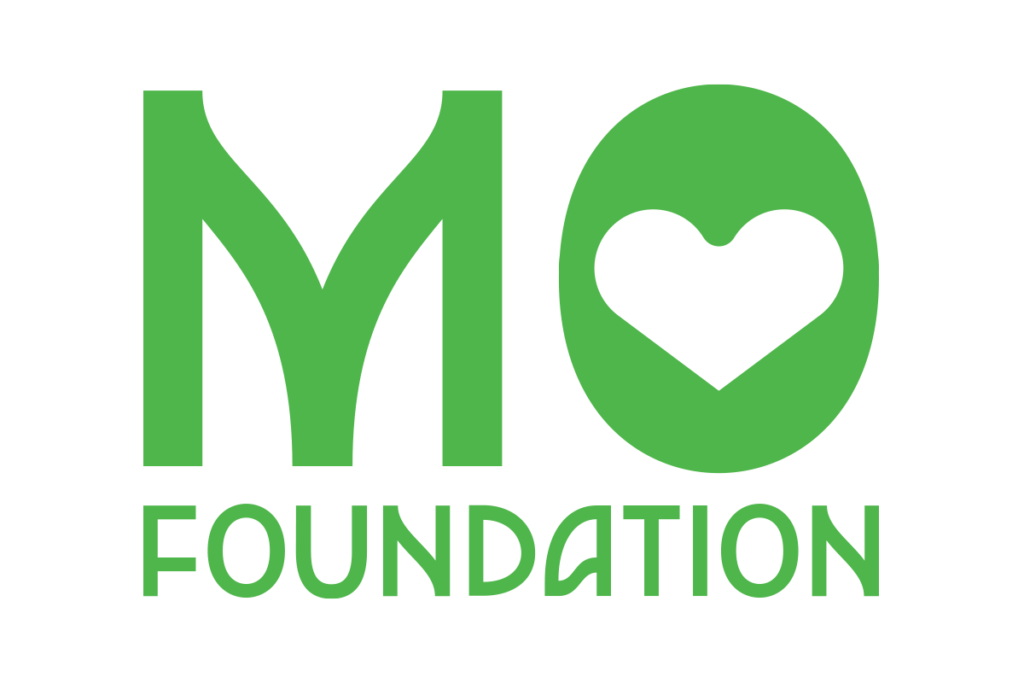
We measure the health of the business by looking at the financials. But this is your first time setting up your own business, and you don’t know where to start. We understand how complicated and difficult it is for you. Follow us and we will show you the importance, and step-by-step building of the basic financial foundation for your business.
As many small businesses start out with no prior financial knowledge, you are not alone. There are millions of small business owners like you. Whether it is an F&B establishment, a flower shop, or an online store, you need to understand a few fundamentals to determine how much money you will need to invest initially and how to sustain the earnings in the future. It is not something you want to learn about your company. You don’t want to learn that your company may be in peril six months after debut because you miscalculated your sales or your pricing. And if the next “floater” isn’t thrown to you in time, you’ll have to scramble to find more cash or decide to shut it down.
You must at least start with the Startup cost on day one, which may be much earlier than the actual debut date of your business.
- Startup Cost
You want to know how much money you have to invest and whether you need additional financing or partners to invest in your business.
You learn from your pals that she invested 10,000,000 MMK to launch her online food business. Yet since every business has a unique vision, strategy, and set of goals, you wouldn’t know if it was the same for you to start. You can begin with these figures:
- One-time costs (license, registration, opening event, ads) .
- Monthly ongoing costs (rent, wages, and six months’ worth of emergencies by taking the Ongoing costs multiply by 6)
- Equipment and other Assets: machines, equipment, app/technology.
- Break-even point
This is the time when you need to calculate how many clothes items or bowls of noodles you need to sell in order to cover all of the store’s costs. This would prompt you to figure out how much to charge for your goods and services.
Let’s look at this from a simpler standpoint. Starting with Step 1 – Startup Cost, you already know what your stores’ ongoing costs will be. If you determine that your cost is 1,000,000 MMK per month, you will then know that you must sell:
1,000,000 MMK/ 2,000 MMK* = 500 bowls of noodles
1,000,000 MMK/ 5,000 MMK* = 100 pieces of clothing
(*you set the pricing for your products as 2,000 MMK/bowl or 5,000 MMK/item respectively)
Your breakeven point will then be clear to you. That amount must be sold in order for you to earn enough money each month to cover your costs.
Following this step, you need to do a little more research, so here are some questions to consider:
- Is the 2,000 MMK price per bowl appropriate? Does it at least give you 70% of the profit?
- Is the neighboring shop able to sell that quantity per month?
- Can you sell more than 500 bowls? Or you have to raise the price to 3,000 MMK to earn more margins.
This stage will enable you to determine the minimal point of quantity required for the survival of your business. Also, this step will give you the flexibility to adapt to the market and competition.
- Cashflows
You must be aware of your cash inflows and outflows in order to determine whether you have enough in the bank to cover your monthly expenses. For instance, because the contract you signed with the clients dictates three months of services, and your clients did not pay you on time this month but only 3 months later, then you might not have enough in the bank.
You need to know how much money you have left in the bank to pay your staff and other running costs. Please take note that the cash flow statement should include the six-month emergency fund.
We understand that your business is not a large company to own many financial statements. We have created a simple template, an all-in-one template for your reference or use. You can then customize it according to your business needs going forward.
If you find the template difficult to use, contact us for potential upcoming workshops offered by our foundation to all small business owners.
Please visit the template here.
